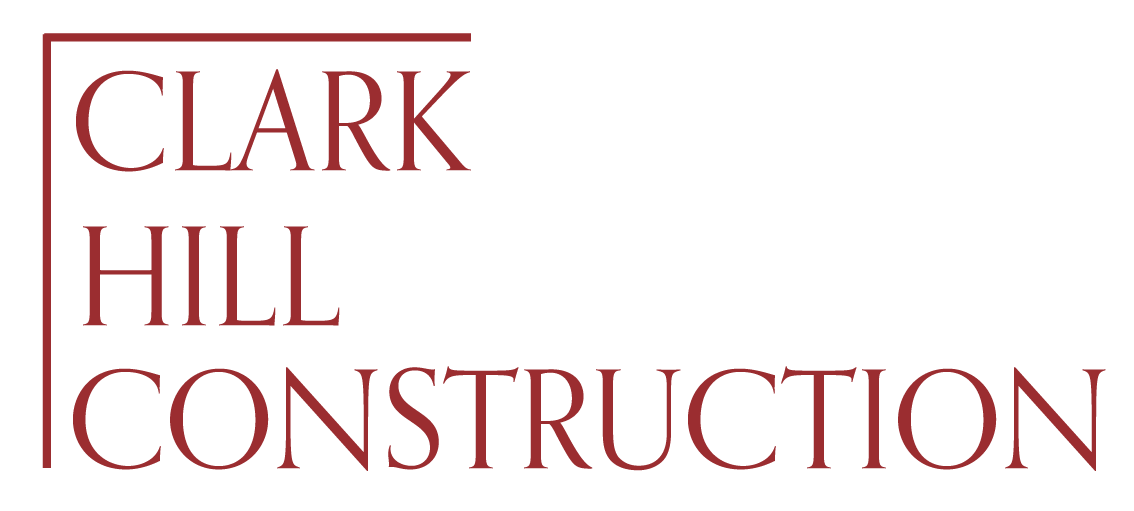Building Practices
Our Philosophy
We pull from our depth of knowledge which includes but is not limited to Passive House design. We aim to use the most sustainable and lowest-embodied carbon products in our projects and emphasize efficiency and client comfort at all stages of the building process. While we love building to the Phius standard, we recognize that not every client has the goal or budget to build a certified project. Our intention is to help each client make their project as comfortable and efficient as possible within their needs and resources. We think that not everything needs to be “100% perfect” and that big gains can be found by taking small steps towards sustainability.
We value open, clear and transparent communication and realize that the investment in building is often the largest financial commitment in a person’s lifetime. We excel at helping our clients feel comfortable and supported during a process that can too often feel daunting and stressful – we have fun working with our clients and we love to impart the joy and positive learning experiences that a great project can provide.
What is Passive Building?
5 Principles of Passive Building
Passive building utilizes 5 core principles to safe, resilient, highly comfortable and energy-efficient structures of all kinds.*
Use of continuous insulation throughout the building envelope to minimize or eliminate thermal bridging (loss of heated or cooled interior air through the building envelope)
Construction of a well-detailed and extremely airtight building envelope, which prevents infiltration of outside and loss of conditioned air while increasing the envelopes durability and longevity
Use of high performance windows and doors (double or triple-paned) to tighten the building envelope. Solar gain (the increase in temperature of a building, object, or space that is caused by solar radiation) is managed to use the sun’s energy for heating purposes in the winter and to minimize overheating in the summer.
Use of a balanced heat and moisture recovery ventilation system (ERV) to significantly enhance indoor air quality
Minimization of the space conditioning system due to the lower space conditioning loads
Benefits:
Safe:
Phius certified builders and buildings undergo a rigorous quality control process, ensuring safety for the environment and the buildings’ inhabitants
Resilient:
Phius buildings have been proven to be more resilient in the event of natural disasters, such as wildfires and extreme heat and cold events.
Durable: An efficient and airtight building is a durable building! Structures built to Passive House standards will consistently outlast and outperform conventional construction.
Healthy:
Passive House design creates the highest possible indoor air quality
Comfortable:
Superinsulation and efficient mechanical systems help maintain the strict comfort standards required for Phius certification. Maintaining your desired temperature throughout the entire building is easy and attainable with Passive House design
Affordable:
Passive House projects require minimal additional upfront costs, while guaranteeing substantial energy cost savings in the future
